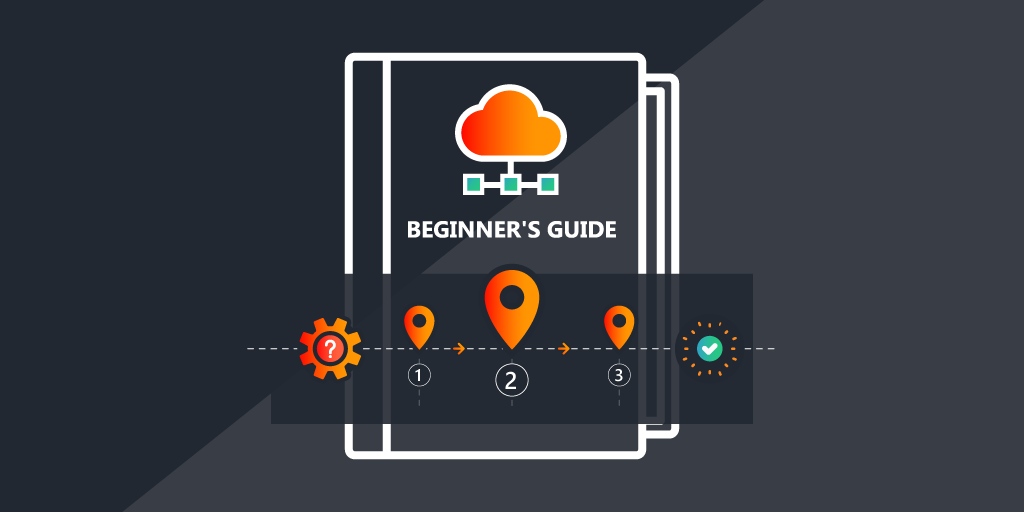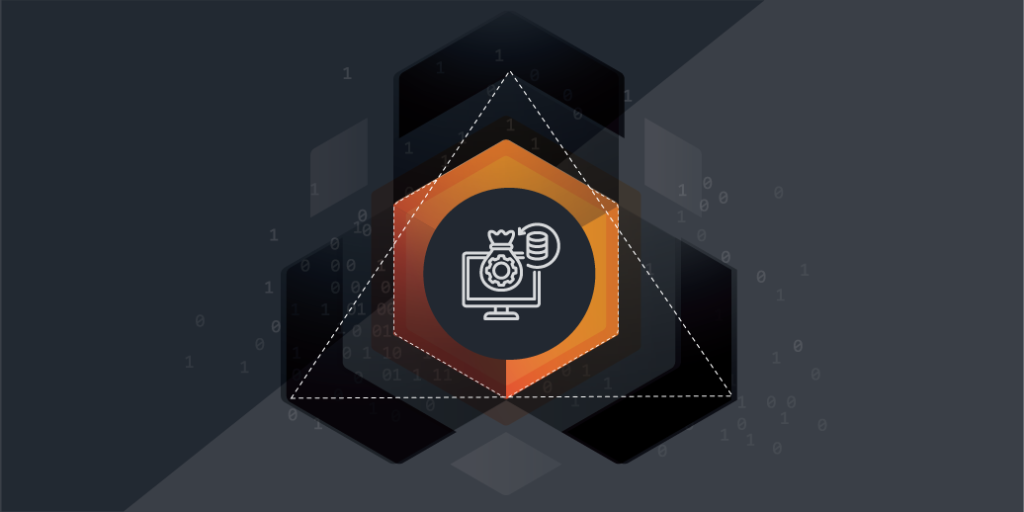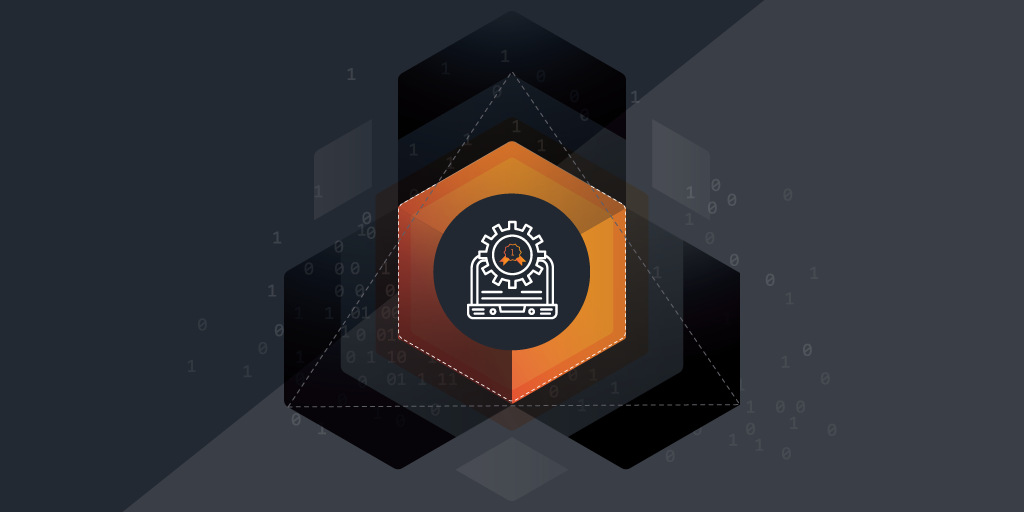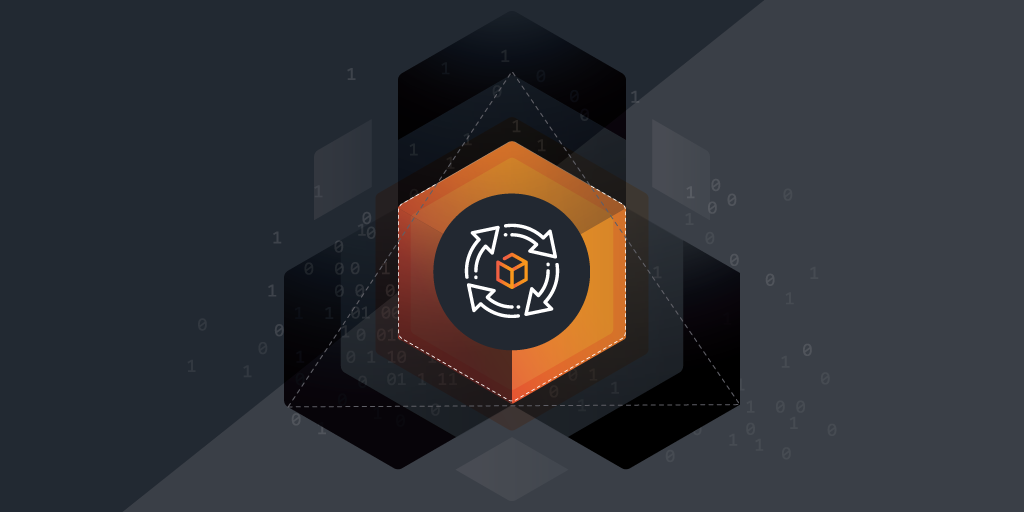
As businesses are increasingly migrating their operations to the cloud, Cloud Asset Discovery is rapidly becoming more important. The scale and complexity of Cloud infrastructure have surged. Many companies struggle to keep track of the numerous dynamic and interconnected components in their cloud environments. A proper cloud asset inventory can help you stay in control of your virtual IT estate.
What Is Cloud Asset Discovery and Why Does It Matter?
In simple terms, Cloud Asset Discovery is the identification and cataloging of all assets within your cloud infrastructure (virtual machines, storage buckets, databases,…). In today’s dynamic technological landscape, maintaining an up-to-date and comprehensive inventory of your cloud assets is simply a necessity. Cloud environments have grown too large and too complex to manage without it.
A proper cloud asset inventory service is the foundation of your security, compliance, and resource optimization strategies. Full visibility of your IT estate, including cloud assets is crucial in order to identify and address security risks promptly. This is why many regulatory frameworks and data governance standards have it as one of their main requirements. Without proper asset visibility, minor issues can quickly escalate into major nuisances.
Benefits of Cloud Asset Discovery
The emergence of the cloud marked a revolution in the world of IT. Cloud Asset Discovery and management now do the same for IT asset management. It has numerous benefits for operational efficiency and cybersecurity but also positions businesses to make informed, data-driven decisions
- Improved operational efficiency through accurate asset tracking. Cloud Asset Discovery provides real visibility into an organization’s entire cloud infrastructure. This not only streamlines operational workflows but also facilitates effective resource allocation and optimization.
- Enhanced cybersecurity by identifying and securing all IT cloud resources. By continuously scanning and cataloging assets, organizations can proactively detect vulnerabilities, unauthorized access points, and potential security risks.
- Data-driven decision-making based on comprehensive insights. IT leaders can leverage the data collected in their discovery tools to align cloud resources with business objectives, optimize costs, and ensure regulatory compliance.
- Better resource management through a clear view and understanding of your entire virtual IT estate. Wasted resources lead to a higher operational cost, which means wasting budget that could have gone to other projects.
Get Started with Cloud Asset Discovery
There are a couple of fundamentals to Cloud Asset Discovery. The first is to determine your scope; specify the cloud environments, regions, and workloads you want to include. Once your scope is established, you can get started with choosing the appropriate tool.
There is some variety in the tools you can choose between, but most utilize a combination of APIs, automated scanners, and configuration analysis specific to cloud platforms like AWS, Azure, or Google Cloud. Choose a tool that aligns with your cloud infrastructure, security needs, and compliance requirements.
Asset tracking in the cloud largely looks the same as traditional asset tracking, but there are a few key differences. Since they have no physical presence, there’s no hardware to track. On the other hand cloud environments are a lot more dynamic and scalable in nature. Resources can be provisioned, modified, or decommissioned rapidly. Since the environment changes so quickly, the need for full, real-time visibility is much greater.
Cloud Asset Discovery Across Platforms
As there are different cloud environments to consider, there are different ways to approach Cloud Asset Management. Each platform has specific tools, features, and best practices to help you keep control over your cloud assets (AWS Config and AWS CloudTrail for AWS, Azure Resource Graph for Azure, cloud asset inventory and Security Command Center for Google Cloud, and so on). It’s crucial to review the documentation provided by each cloud service provider to stay up-to-date on the newest information.
Third-party tools usually offer cross-cloud capabilities and more advanced features for comprehensive asset management. Make sure to tailor your choice of tools to your specific environment as well as your security, compliance, and operational requirements.
Challenges and Considerations
Like everything else in asset management, Cloud Asset Discovery has its own set of challenges. The most common obstacle is the dynamic nature of cloud environments. Instances and services can be created and decommissioned again in an instant. This can lead to unmanaged instances that may not be tracked by your asset management tools.
The constant flux makes it difficult to maintain full visibility and accurate inventory. The same issue goes for changes in configurations, permissions, and metadata, impacting data accuracy.
The best way to overcome these challenges is to remain proactive. Constantly updating your data is key to keeping up with the flexibility and elasticity of a cloud environment. Choose automated tools to monitor and update your asset inventory. Tagging strategies, as well as cloud-native solutions, can help identify unmanaged instances effectively.
Best Practices for Cloud Asset Discovery
Establishing a robust and proactive approach to Cloud Asset Discovery and management is key. Here are some best practices to start with.
- Regular Scanning: Run frequent automated scans of your cloud environments to identify and catalog all assets and keep the inventory up-to-date.
- Automation: Automated workflows reduce the risk of oversight and expedite the response to security issues.
- Integration: Integrate asset discovery with other processes such as configuration management, identity and access management, and incident response for a cohesive security strategy.
- Tagging and Labeling: Clear tagging and labeling conventions for resources help with identification and simplify policy application.
- Continuous Monitoring: Continuous monitoring helps to keep up with the dynamic nature of cloud environments and quickly captures new instances and changes.
- Policy Enforcement: Enforce policies consistently across all discovered assets to maintain a secure and compliant environment.
- Training: Provide regular training to teams involved in asset management. Stay updated on the latest tools, techniques, and security practices.
The Future of Cloud Asset Discovery
Like anything else in the rapidly changing world of IT, Cloud Asset Discovery is looking at some transformative changes in its future, driven by emerging trends in AI, machine learning, and automation. Traditional methods of asset discovery in the cloud have often been manual and resource-intensive. The integration of these advanced technologies promises a more efficient and accurate process.
Automation is already a key driver of Cloud Asset Discovery. As cloud infrastructures grow increasingly complex, so does the demand for automated processes to discover, track, and manage assets. It allows you to maintain an up-to-date inventory without relying on manual interventions.
AI and machine learning algorithms will be the next to become integral components in Cloud Asset Tracking. They enhance the ability of your tools to identify, categorize, and manage assets in dynamic cloud environments. They enable systems to learn from patterns and anomalies, improving the accuracy of asset identification and reducing the risk of oversight or misconfigurations.
Empowering Cloud Management
Cloud Asset Discovery is vital for modern cloud management. It ensures accurate and real-time visibility into a dynamic digital landscape, enhancing security, aiding compliance, and boosting efficiency. In the ever-evolving cloud environment, a robust asset discovery process is essential to maintain control, mitigate risks, and optimize your cloud infrastructure.
At Lansweeper, our aim has always been to provide you with the greatest width and depth of IT asset data. That is why we are adding Cloud Asset Discovery to your Lansweeper arsenal. Discover, explore, and understand the intricacies of your cloud resources effortlessly. You can now try out this feature in preview in your Lansweeper Sites.


